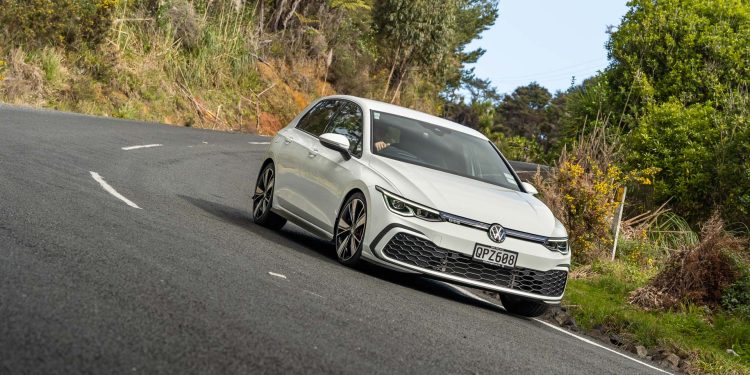2024 Volkswagen Golf GTE review
Words: Peter Louisson | Photos: Isaac Western
It might not look as angry as a GTI but VW’s GTE is all but as quick and is also capable of seriously low fuel use.
Sometimes vehicles happen along and you wonder why you’re driving them. So it was with Volkswagen Golf’s GTE, a plug-in hybrid.
Are we driving it because the Golf has just turned 50? Kind of, yes. The milestone happened in May, and evidently VW has made 37 million Golfs during the past half century.
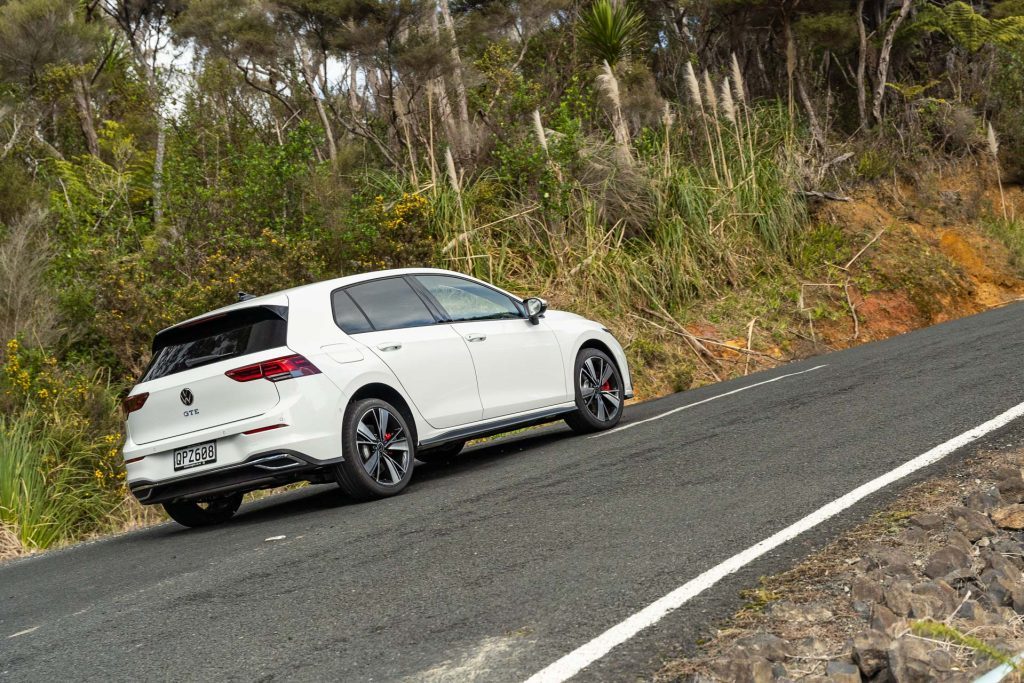
It’s not the world’s best selling car, which would be Corolla, but it is in second spot if you ignore full-sized pick-ups, like the F-150.
Golf has just been updated overseas, and is now into its Gen 8.5 iteration. It features new lighting and bumpers up front and rear, and new tech inside, including AI-enhanced voice control.
But it’s not here yet and instead we are sampling a PHEV variant of the outgoing model. That’s in part because everyone is really into hybrids of all kinds at present.
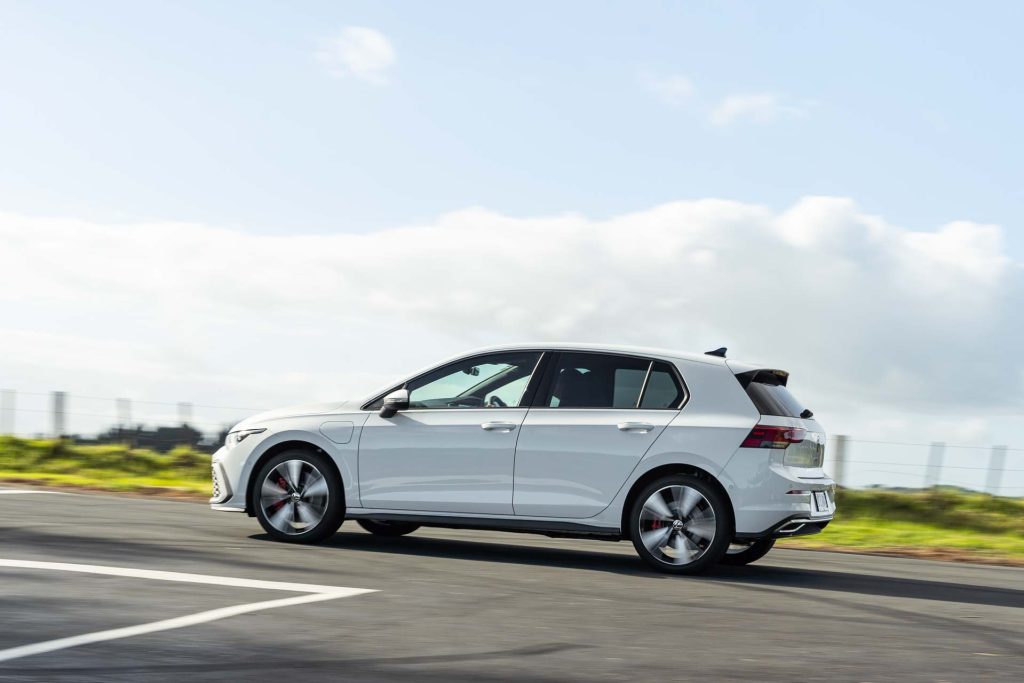
And that’s on account of the EV revolution being on-pause currently, as governments can no longer afford EV subsidies.
And to add insult to injury here, they’ve slapped on road user charges that are the same as those for the high-emitting diesels. Doesn’t seem quite fair does it, given EVs are emissions-free.
Anyhow, hybrids and PHEVs are flavour of the moment, even though they’re petrol burners and the EU is saying no more sales of ICE power vehicles from 2035. Still, that’s quite some time off.
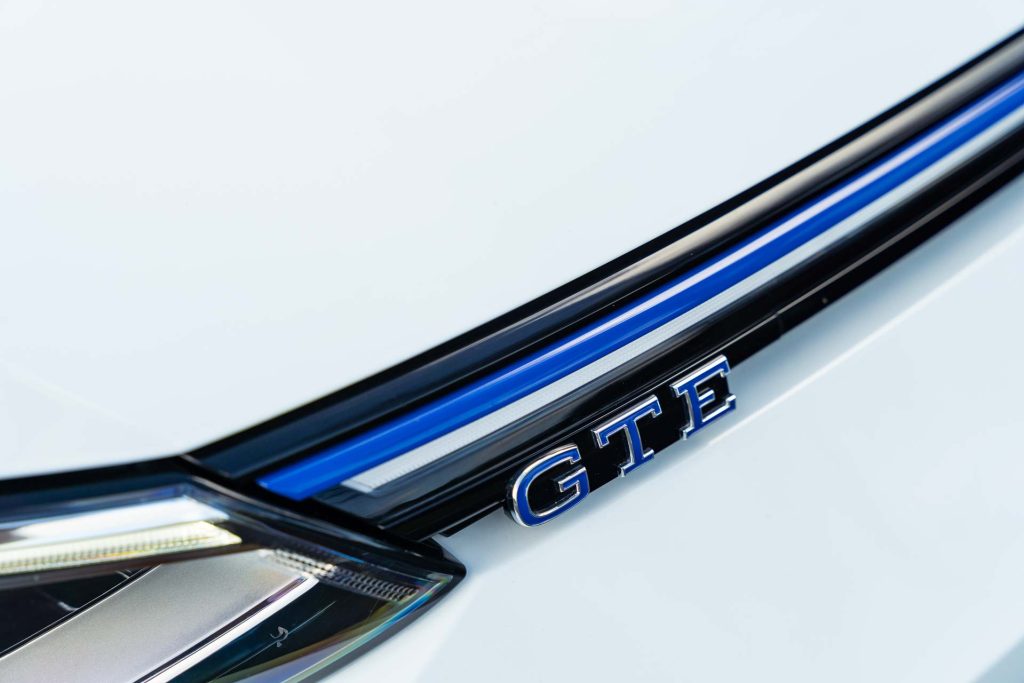
How much exactly?
This new GTE PHEV model originally went for $75,990 but you can “for a limited time only, save $11,000 on the Golf GTE”, making it $64,990 in theory.
But actually the new price is $59,990, the same as the ID.4/5, which were originally $79,990. They are the better value offerings, for they are bespoke EVs built on an EV platform and are huge inside.
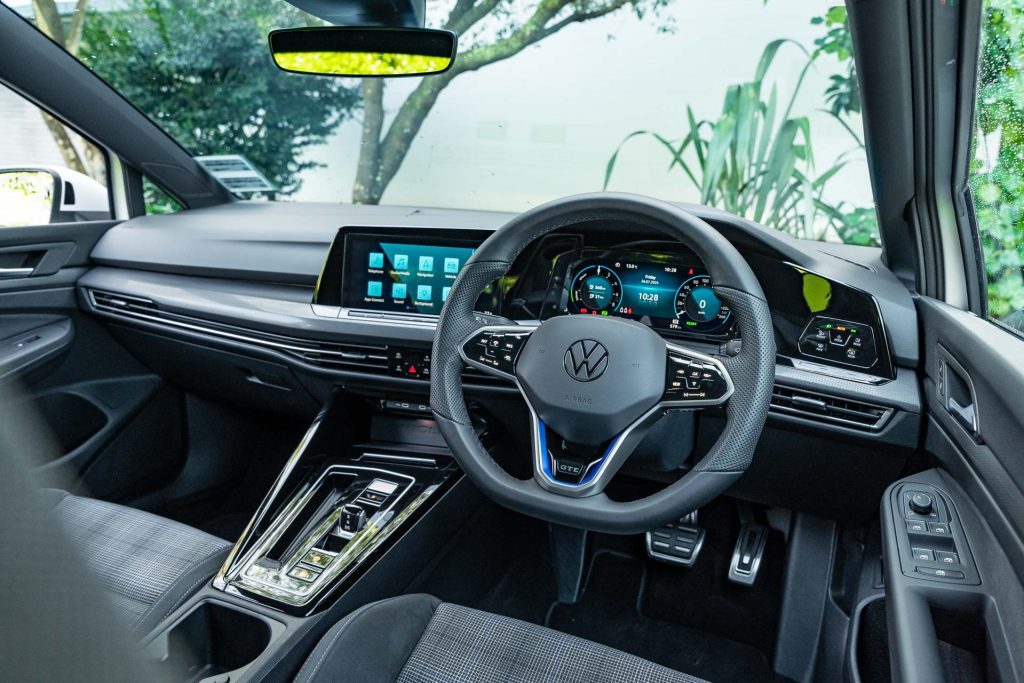
They also go well, though aren’t quite as nippy as the GTE, but they have decent EV range of 519km. That of the Golf PHEV is ‘up to 60km’.
Only being a test unit, this one wouldn’t show more than 42km range when charged. Either way, that’s not much in the PHEV scheme of things; some are cracking 100km these days.
However, the reason for the limited EV range is that the Golf GTE is built on the MQB platform and there really was not any more room under the boot floor for a battery pack bigger than 13kWh.
As it is, said power source has robbed the GTE of a fair amount of storage space, down from 380L to 273L.

How much fuel use?
You can tell it is a PHEV from the charger lid on the rear of the left front fender. With its charger you can rezip a flat battery on an overnight charge. Which of course is what you should do ever night.
But if you go into the infotainment screen and find the correct submenu you can push the hybrid mode button and then settings, and then push the ‘up’ button to 100 per cent of battery charge. The GTE engine will then rezip the battery using petrol power.
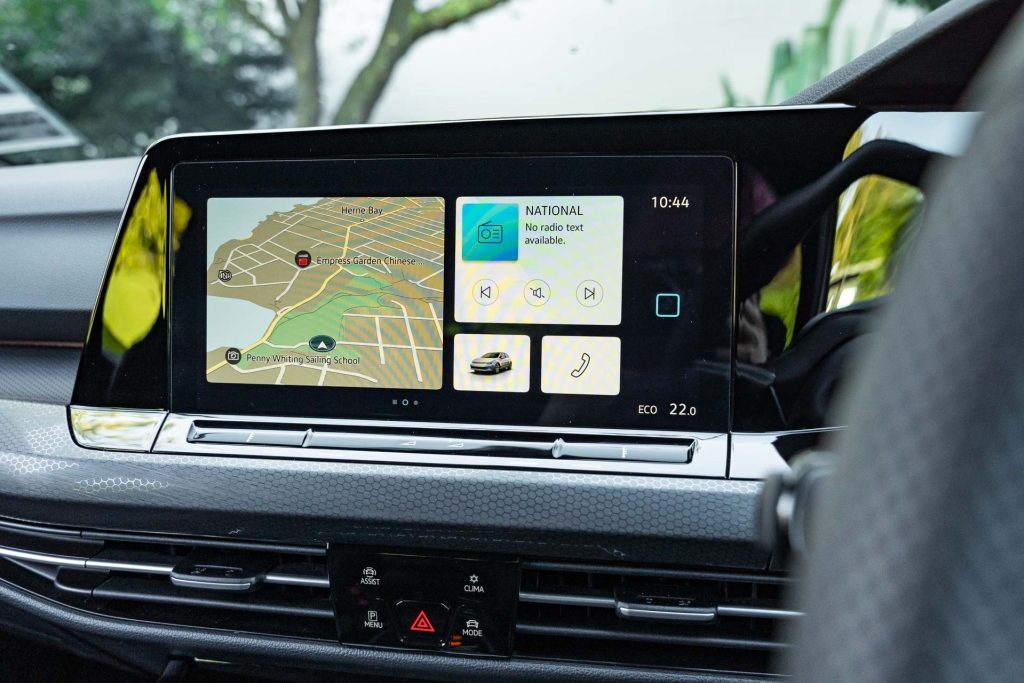
Which is what many will end up doing on a trip because it is so much easier than faffing around charging. You can plug into a public AC charger (7-22kW) but it makes no difference to time spent hooked up because the on-board charger is 3.6kW.
So figure on 3.5 hours, the same as it takes a conventional home wallbox to recharge it from flat.
Volkswagen rates mean fuel economy at 1.2L/100km. That’s under optimal conditions for folk living in town who recharge regularly when they need to.
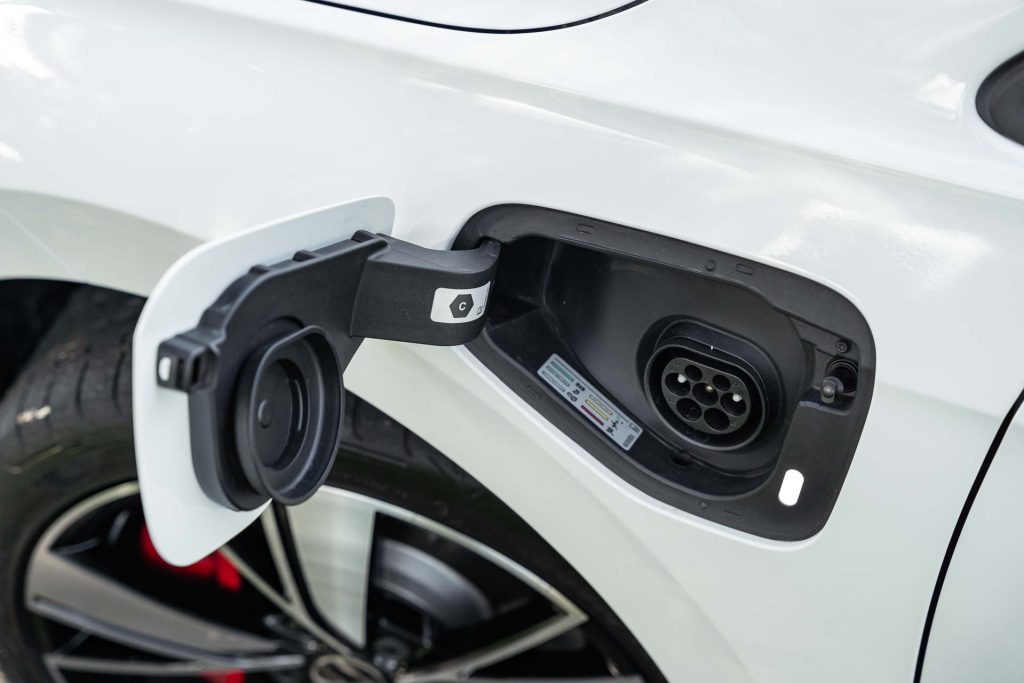
Using the engine, however, it took the better part of 100km to refill it, and fuel use for that time was 8.5L/100km.
Now the engine at the basis of the PHEV is a 1.4 TSI that develops 110kW and 250Nm. In a regular Golf, that uses fuel in the mid-fives area.
When it’s not also acting as a generator our GTE got down to 6.2L/100km.
If you use this as directed, you really can expect amazing fuel economy of next to nothing. With an 85kW/330Nm motor you can easily drive the GTE in town without the engine ever firing.
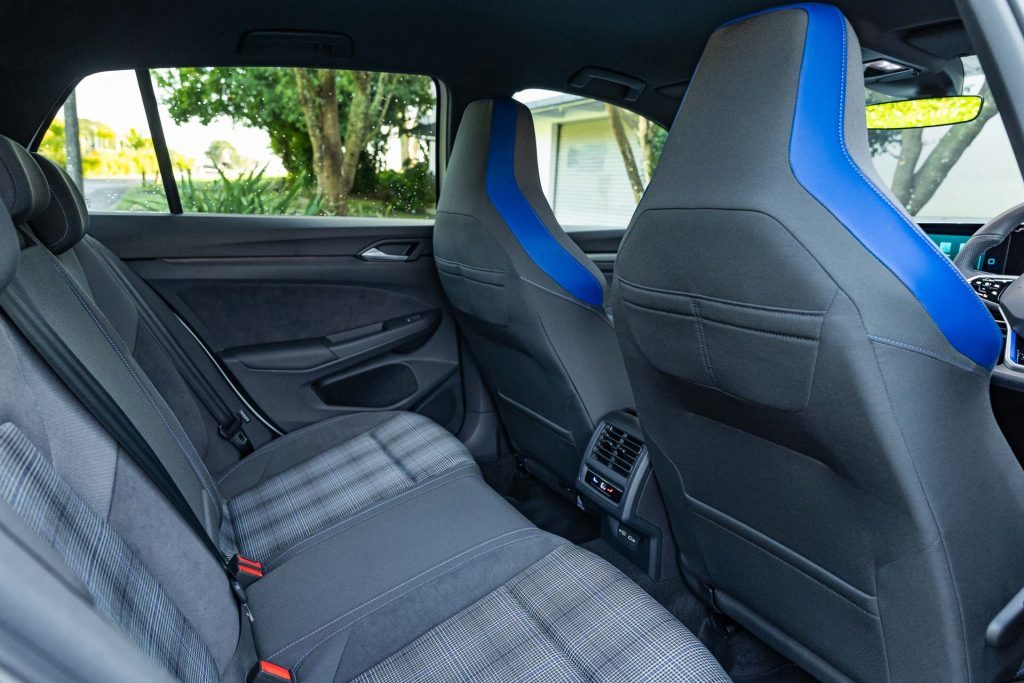
And it goes well as a pure EV, away from the lights in snappy fashion, without the hybrid delay as it happens.
How fast precisely?
Sling the two power sources together and this comfortably overwhelms the front tyres, such is its 180kW and 400Nm combined output. That’s why VW calls it the GTE.
It’s just so close to GTI in nomenclature and potential. The Golf GTi is somewhat lighter at 1350kg versus 1602kg. Acceleration claims have the GTE complete the 0-100 sprint in 6.7sec, versus 6.3sec for the GTI.
Slot the GTE in Sport mode, wind back ESP to Sport, and we managed exactly that, 6.7sec, but with a fair bit of wheelspin. When we completely nixed the wheelspin, whaddayaknow? It managed 6.3sec, the same as the GTI claim. Coincidence? I think not.
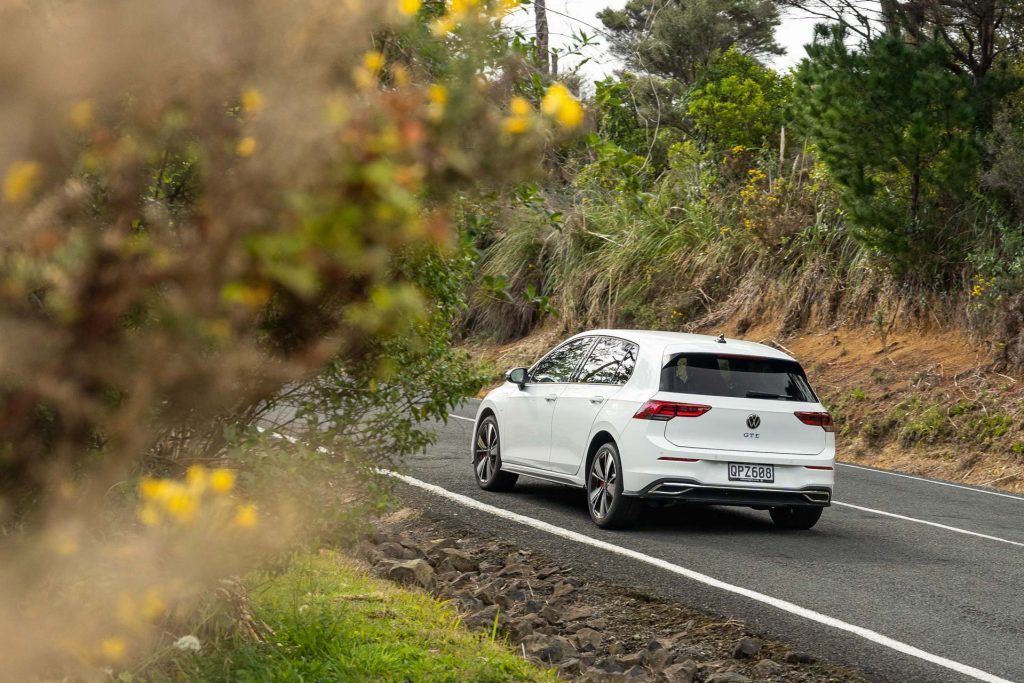
So it really does earn its GT(E) stripes. The GTI is in runout at $64,990 so if you want as much performance as that but a greener alternative the GTE would be that.
Why, it even has the tartan cloth seat trim that is the calling card of the GTI. Only VW calls it something a bit different (Scale Paper). This GT gets sports seats as well.
They’re not electric or anything but they are supportive, delve down deep when you need them to, and have manual lumbar adjustment. Not enough mind you but better than none at all.
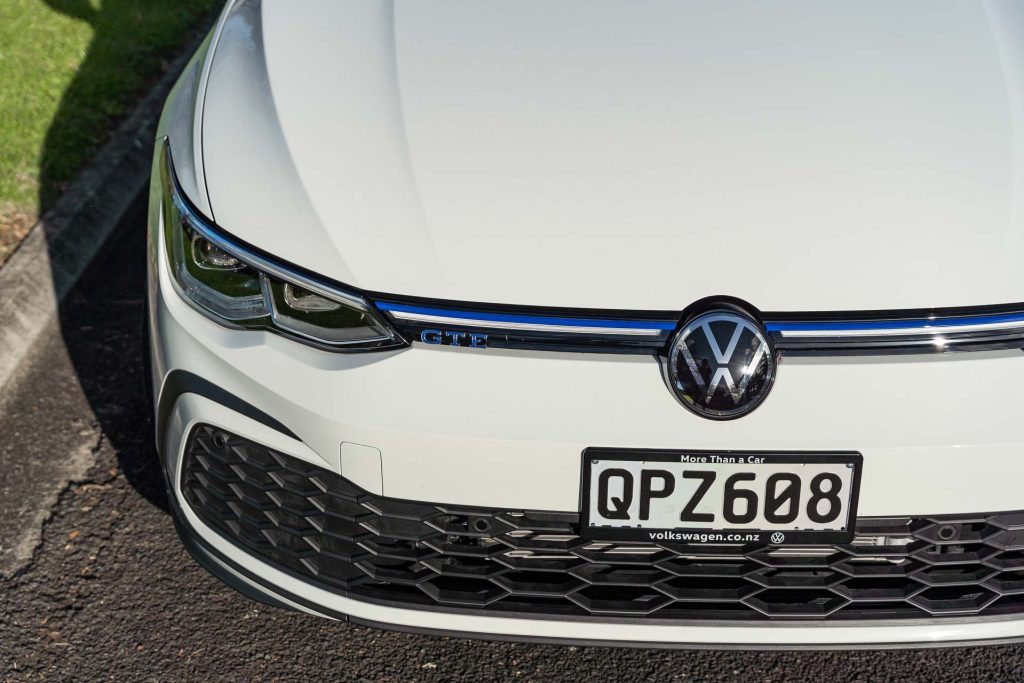
How much spec then?
It doesn’t have quite the spec you might expect of a car that started out at $76k. There’s no traffic sign recognition, and no powered seats or electric fifth door either.
Nor seat heaters, but there’s head-up display, smart 18-inch alloys, interior ambient lighting and external door handle welcoming lights. Figure also on a Qi charger, and wireless phone hook up.
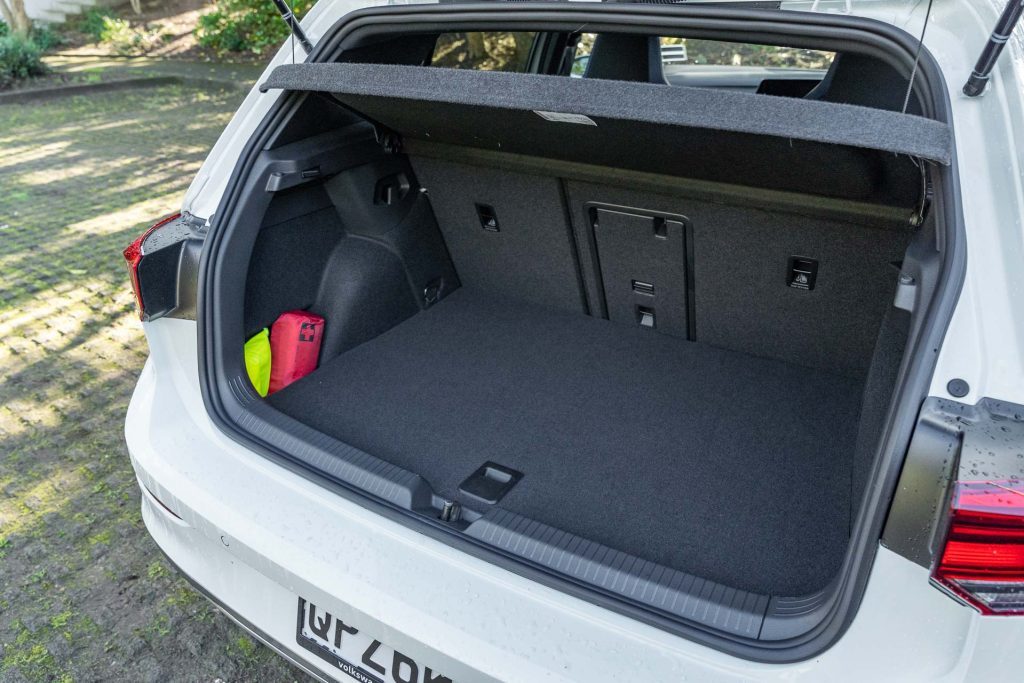
Aside from the EV and hybrid modes, there’s Eco, Normal and Sport, the latter also available by shifting between D and S modes at the stubby wee gear lever.
And there are all the expected safety and convenience items, other than those we mentioned earlier.
So the GTE pretty much fulfills VW New Zealand’s remit. Its GM, Chanelle McDonald, says: “Volkswagen is committed to embracing the shift towards sustainable transportation, providing consumers with eco-friendly vehicles that allow them to reduce their carbon footprint without compromising on performance.”
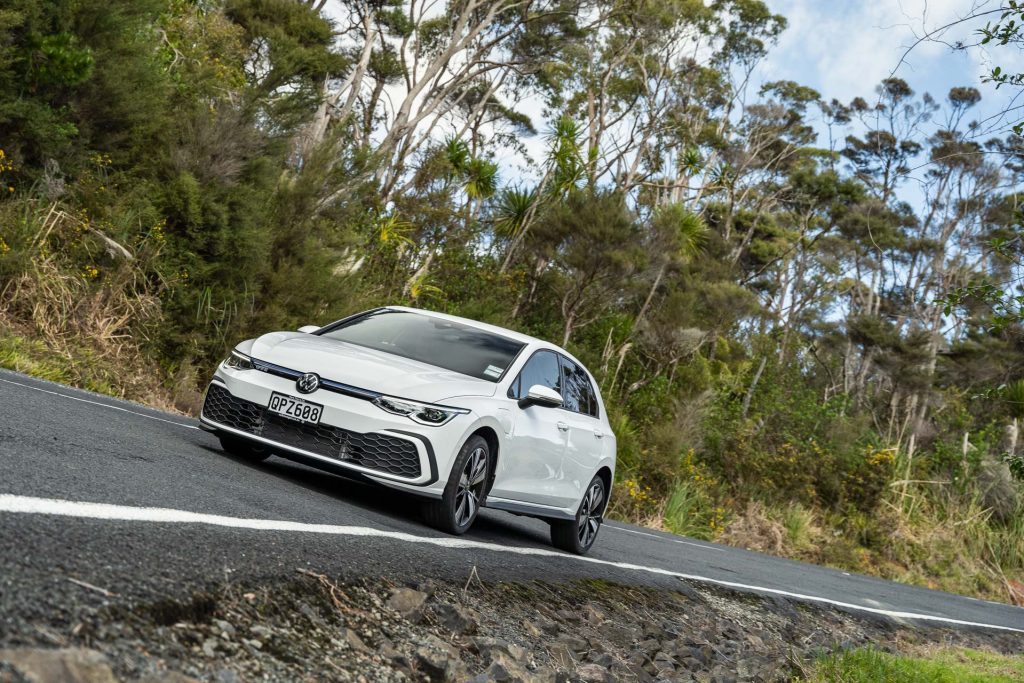
Just make sure you use it as directed on the tin to get the most from it. It’s aimed primarily at folk who live and work in the city, and travel out of town occasionally.
Golf Gen VIII is now in runout. Expect the next GTE (version 8.5) to have more power (202kW), a bigger battery (19kWh) and added range (100km).
| Model | Volkswagen Golf GTE |
| Price | $59,990 |
| Engine | 1395cc, IL4, T, DI |
| Power | 110kW @ 5000-6000rpm |
| Torque | 250Nm @ 1550-3500rpm |
| Motor Output | 80kW / 330Nm |
| Drivetrain | 6-speed twin-clutch, AWD |
| Turning circle | 10.9m (2.6 turns) |
| Fuel Use | 1.2L/100km |
| C02 Output | 26g/km |
| 0-100km/h | 6.23 sec |
| Tyre Size | f/r-225/40/R18 |
| Fuel Capacity | 41.5L |
| Stability systems | ABS, ESP, TV |
| Safety | AEB, ACC, BSM, LDW, RCTA, ALK, AHB |
| Luggage Capacity | 273L |
| Tow rating | 750kg (1500kg braked) |
| Service intervals | 24 months/30,000km |
| Warranty | 5 years/150,000km |
| ANCAP rating | 5 Stars (2022) |
| Weight | 1602kg (claimed) |
This article first appeared in the September 2024 issue of NZ Autocar Magazine.


